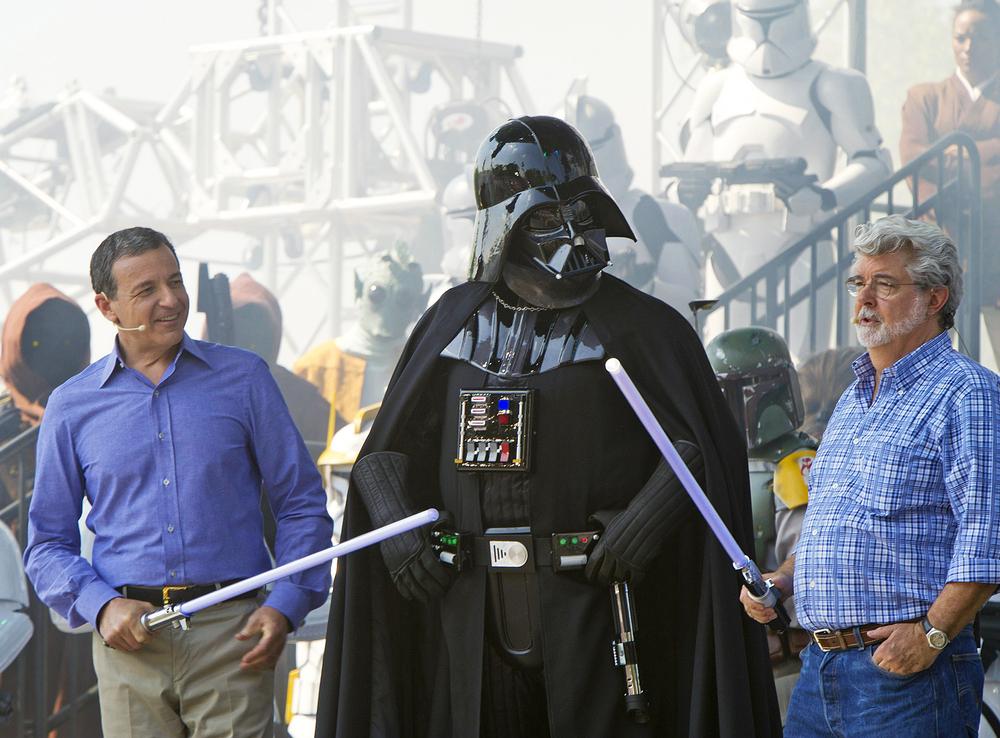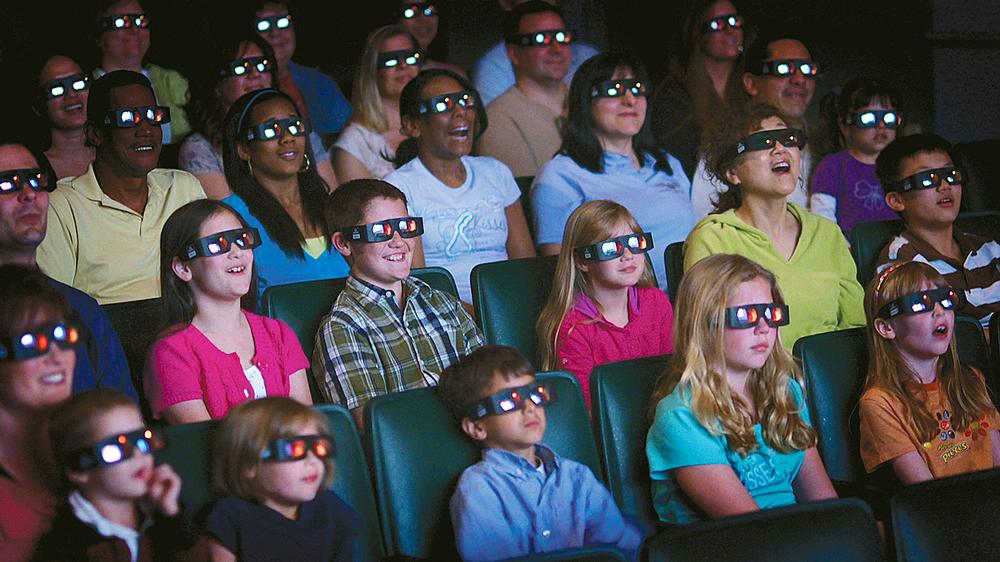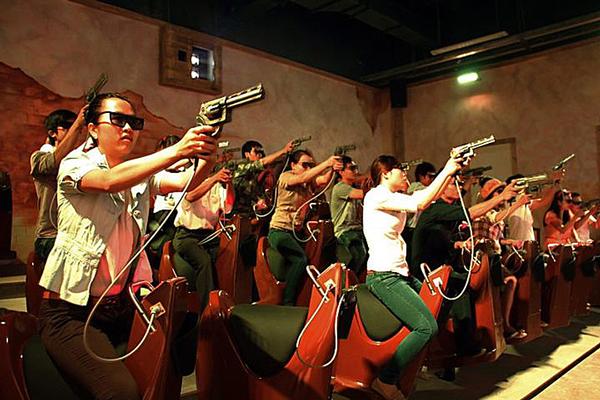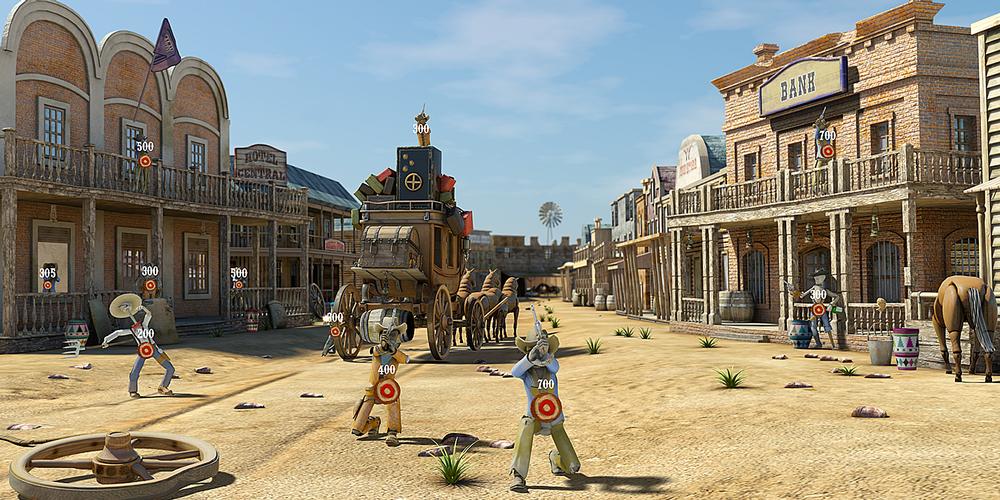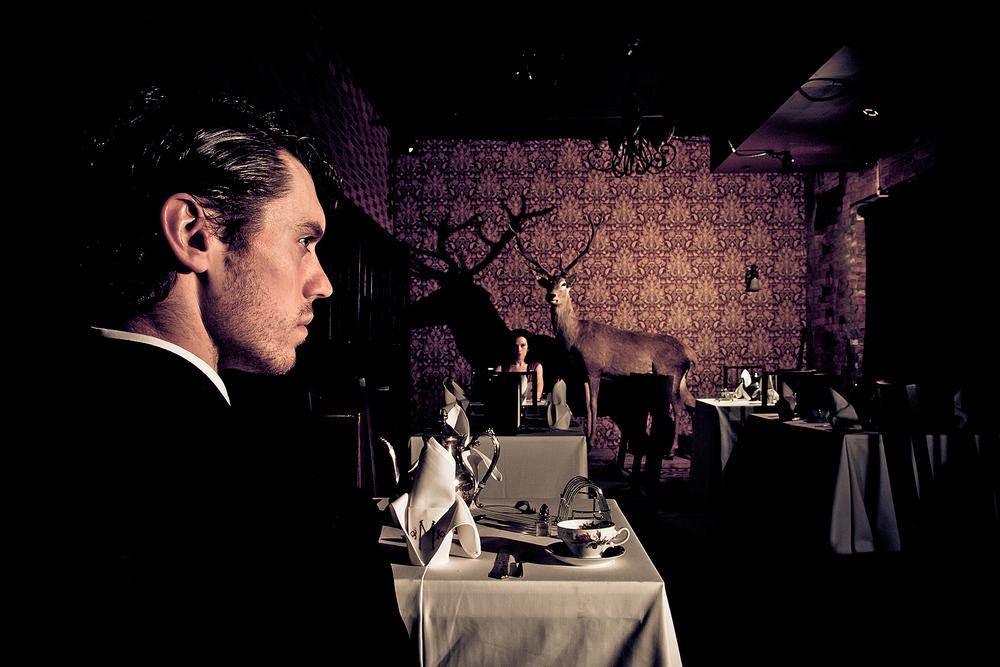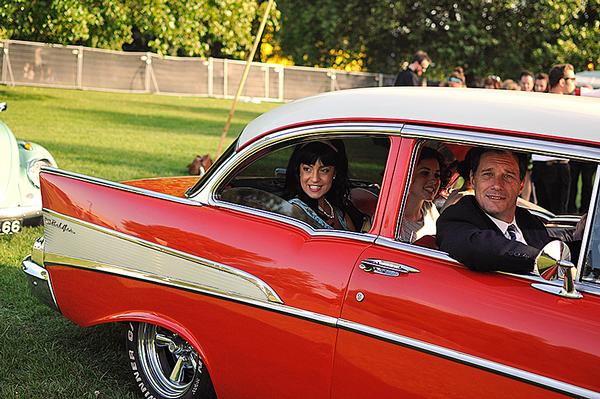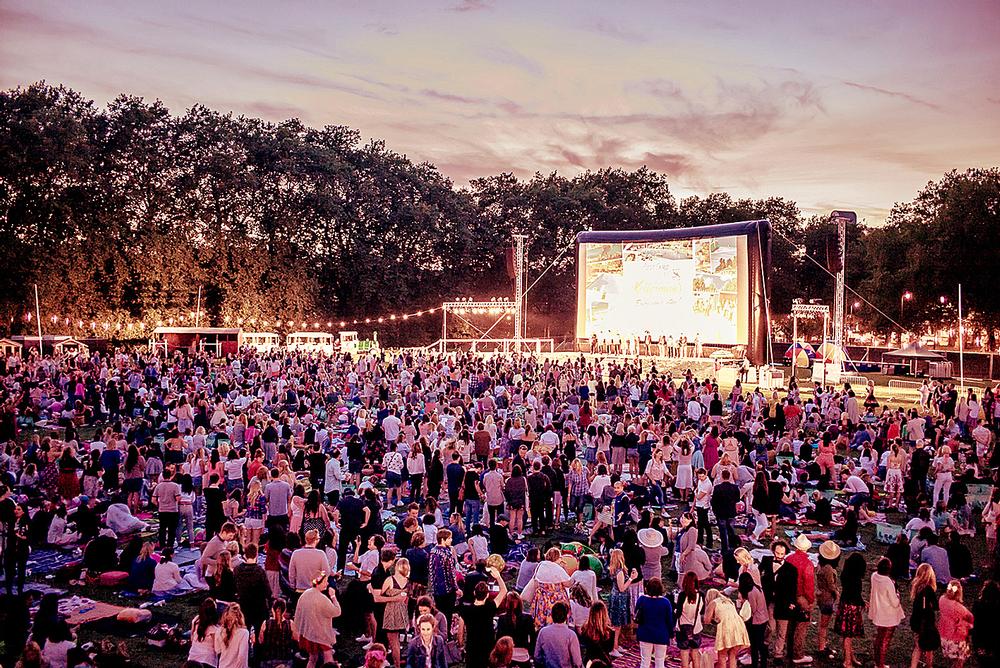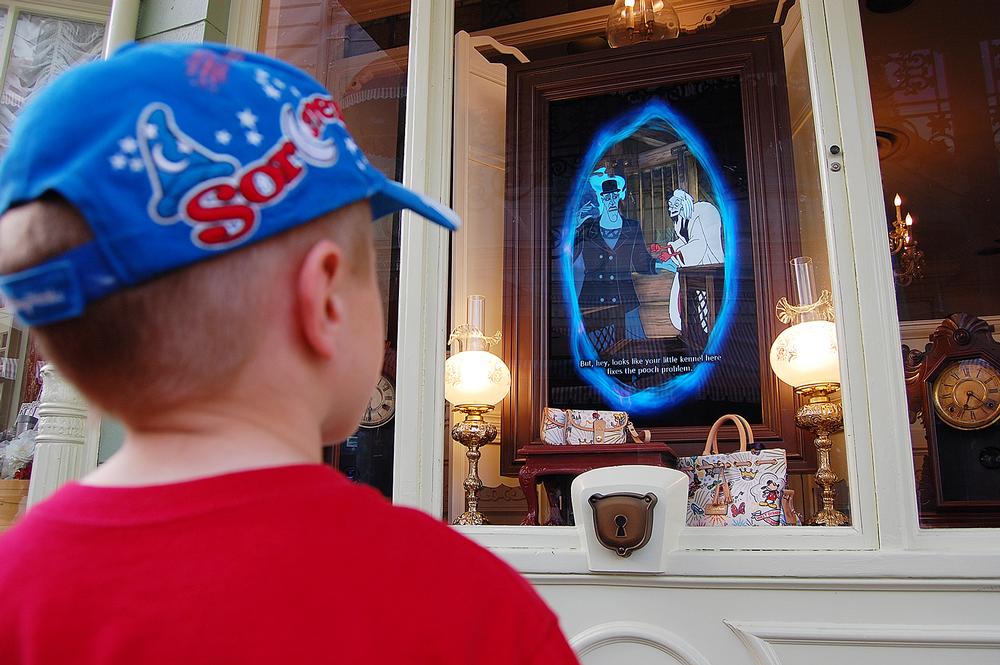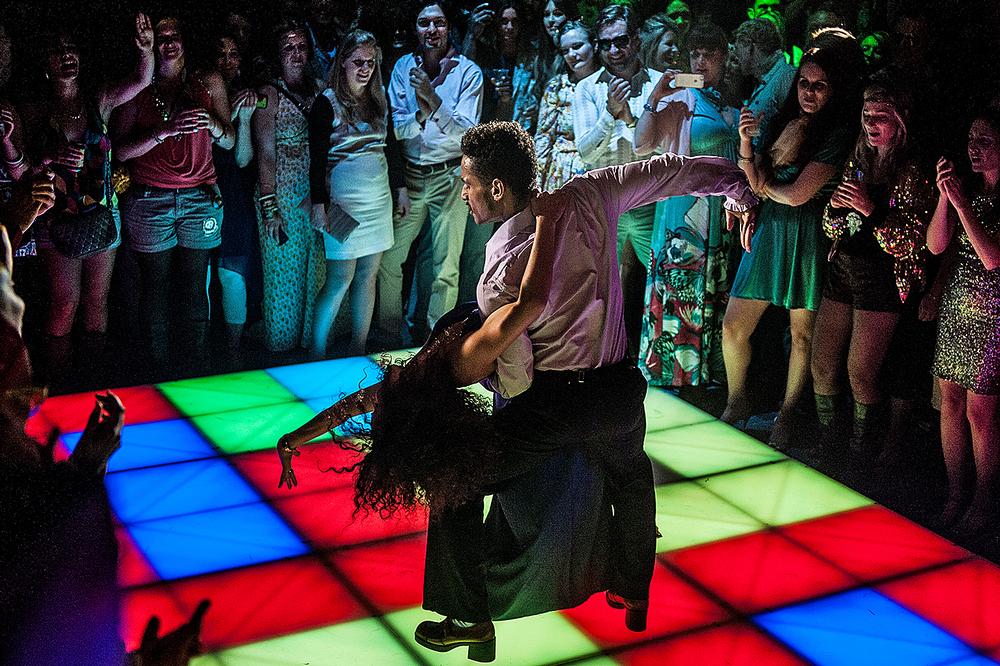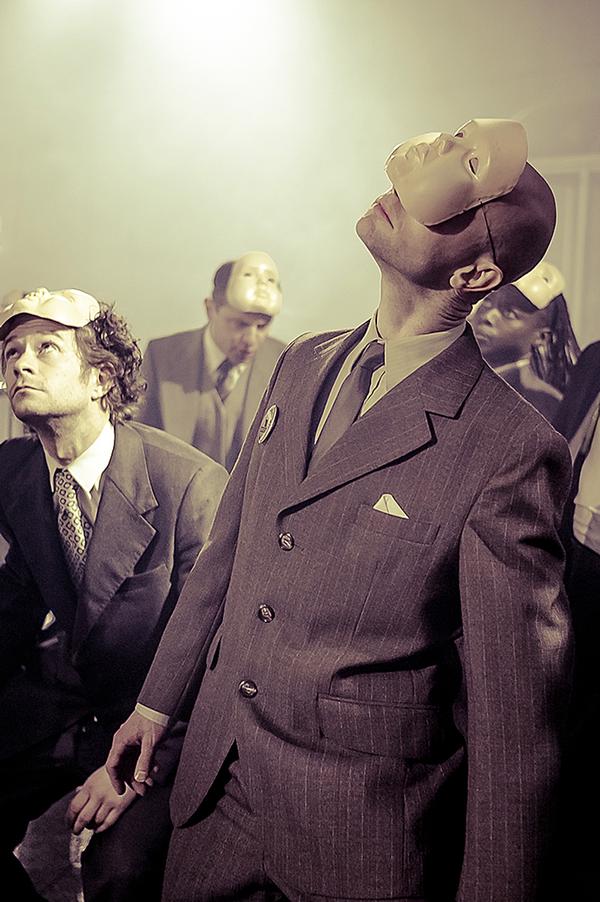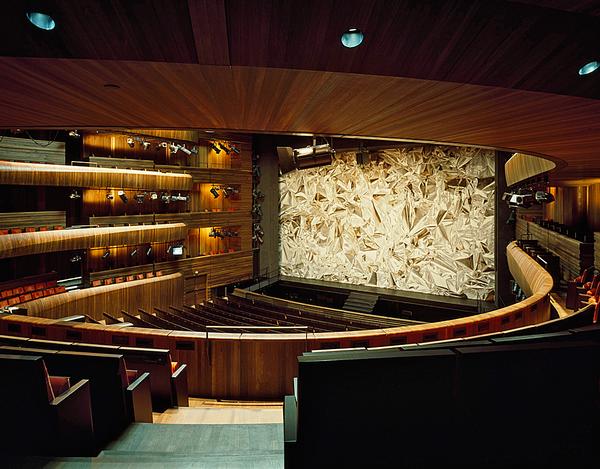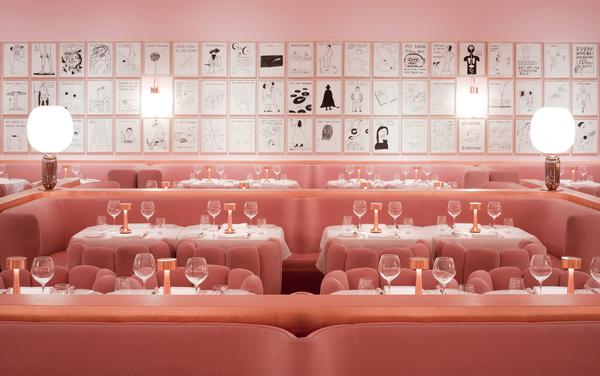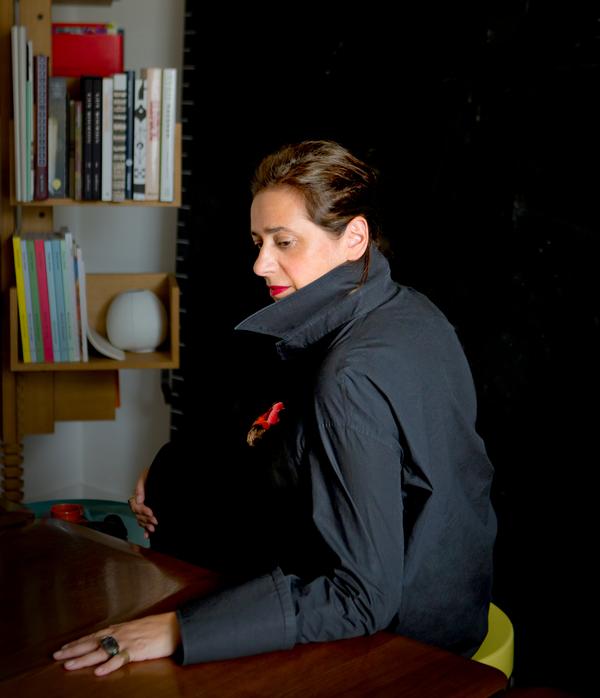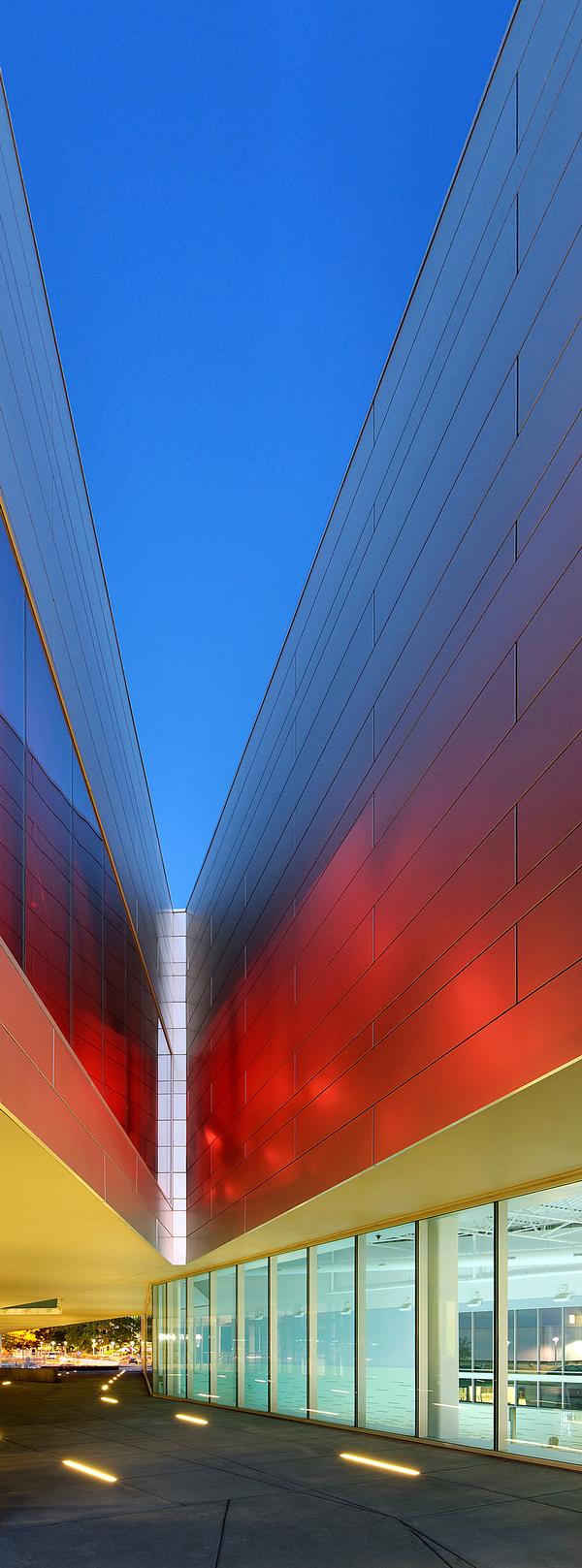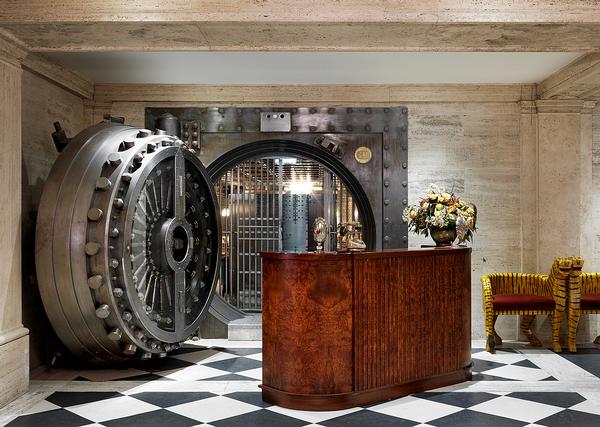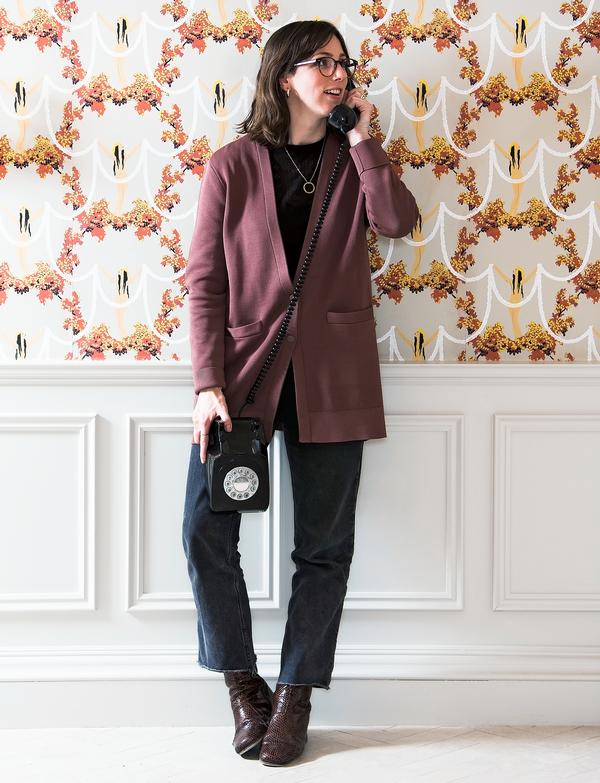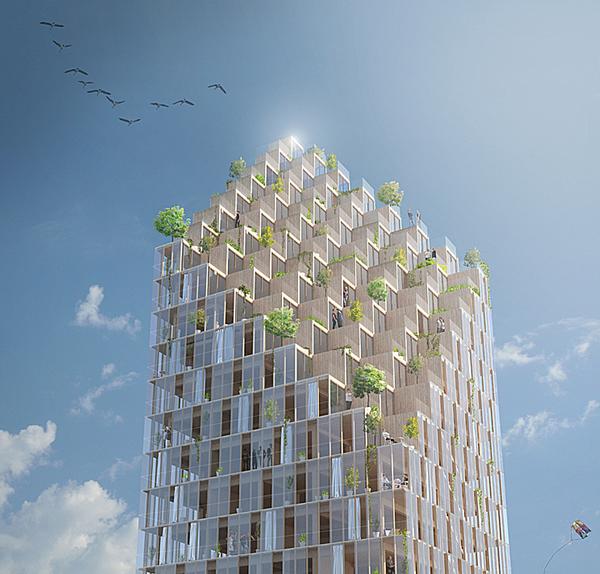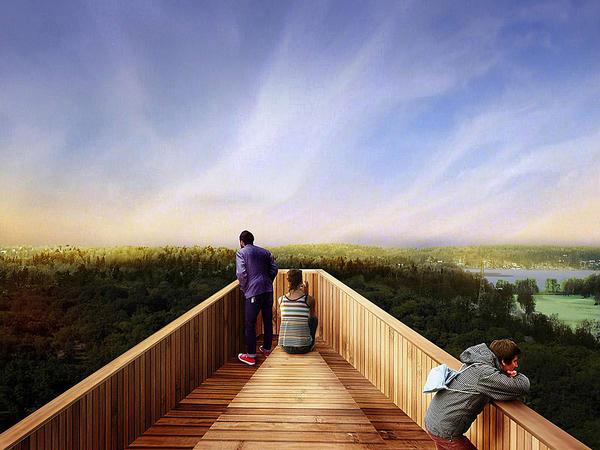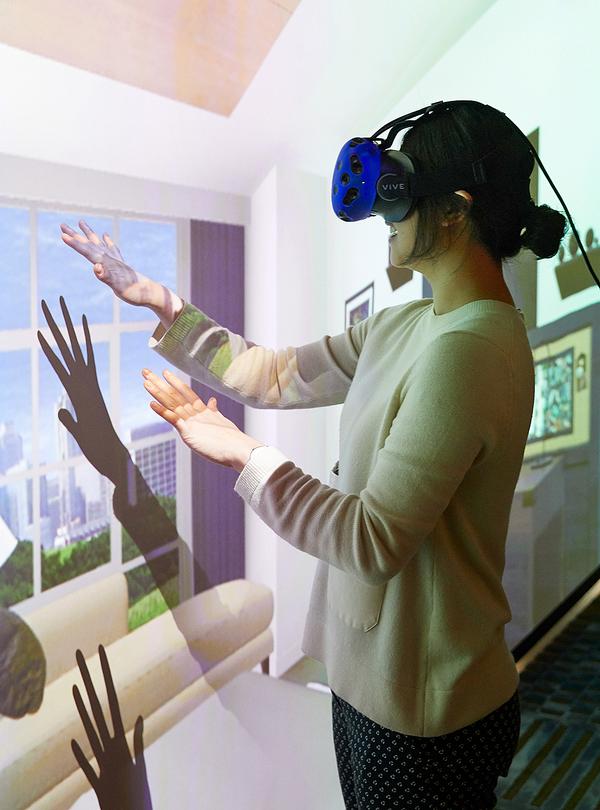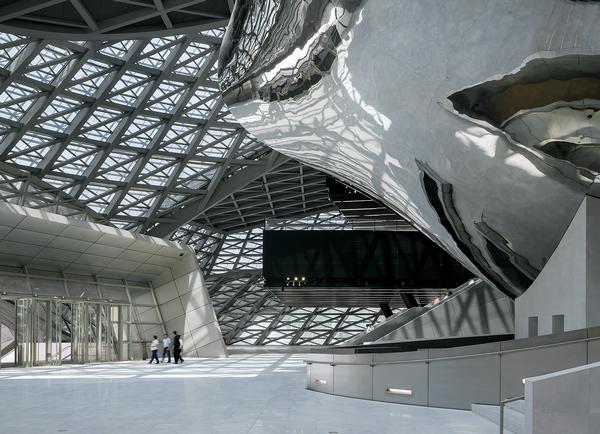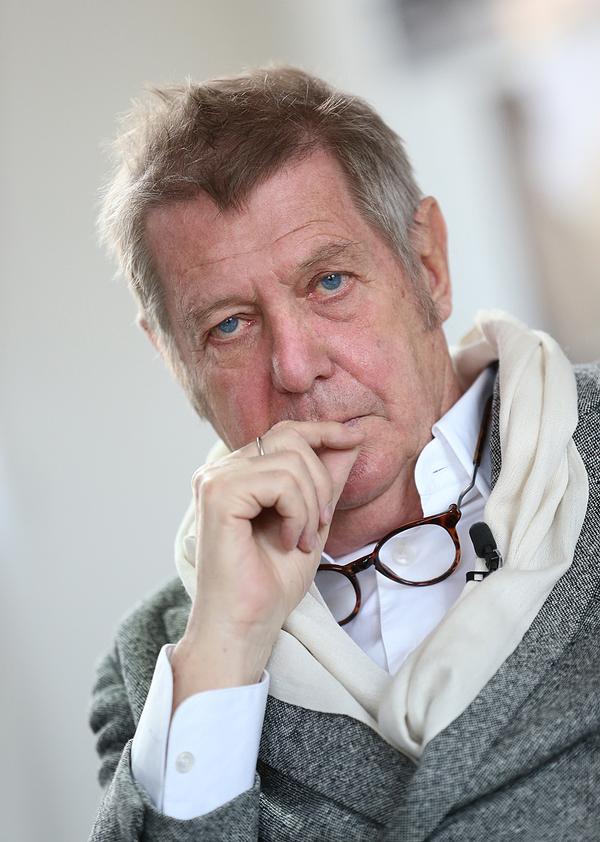Interactivity
Heads up
Should operators compete with smart devices, make them a part of the experience or distract visitors from using them? Thinkwell’s Craig Hanna ponders the issue
Riding through It’s a Small World at Disneyland (or almost any other attraction) is different today than it used to be. Look around as you ride. How many glowing faces do you see? Not faces aglow from the joy they’re experiencing from riding a beloved classic attraction, but because they’re tapping on their smartphones.
Make no mistake, the audience has changed. And it’s imperative that park and attraction operators change as the needs, demands and the way people use parks change. Even as visitors make their way through park gates into lands of make-believe, they still engage in the outside world constantly, maintaining their connection to family, friends and co-workers with email, Facebook, Twitter, Instagram, Vine and everything else that vies for their attention on that supercomputer nestled in their handbags, backpacks and pockets.
Game changer
More than a decade ago, attraction designers felt the pressure of competing with rising expectations that came out of consumers playing video games. They began to offer interactive attractions, such as Buzz Lightyear’s Astro Blasters and Men in Black: Alien Attack. Guests could engage a dark ride by shooting at targets, adding a play (and videogame-like repeatability) component to these attractions that never existed before.
Video games led to mobile phones, which begat smart devices. It’s not unusual to see theme park visitors completely bypassing massive multiple inversion coasters, colourful parades or night-time spectaculars because, head bowed, they’re more compelled to check in on Facebook about riding the coaster, seeing the parade or watching the fireworks than actually experiencing them.
The key thing to consider is this: it’s not a passing phase or fad. The technology may change from a handheld device to one you wear on your wrist, like Samsung’s Galaxy Gear, or on your face like Google’s upcoming Glass (see p44), but this change is here to stay.
Operators can ignore this with an attitude of, “they’ve paid, so why should I care?” or they can embrace the technology by offering innovative new experiences that grab guests’ attention.
Multiple endings
There are many attractions and experiences that have embraced the technology. These include the groundbreaking Star Tours that first introduced motion simulation to many in 1987. It was reinvigorated as Star Tours: The Adventures Continue in 2011 with 3D and randomly branching storylines, so riders experience something different with each ride.
Hershey’s Great Chocolate Factory Mystery in 4D, at Hershey’s Chocolate World in Pennsylvania, is a 3D movie experience that offers visitors the chance to vote on how the media proceeds, offering more than 100 variations. Walt Disney World features Sorcerers of the Magic Kingdom, an interactive overlay to the park that utilises storytelling and special spell cards. Children are sent on an adventure throughout the park to interact with magical video displays embedded in shop windows, which use optical recognition to allow young visitors to interact with the story and “battle” villains when choosing the right card to play. Desperados has 45 installations worldwide and combines interactivity found in video games with 4D-style attractions and a modicum of motion simulation. Its fun interactive attractions are part shooting gallery, part video game and part immersive media attraction.
These are just the start in terms of bringing interactivity into attractions. Some operators are offering RFID bracelets that allow guests to check in and like on Facebook by tapping their wrists to readers as they queue for that water slide or roller coaster. Parks are providing in-queue trivia games that are played via mobile device and large video screens to keep guests engaged. And other attractions are using gesture-based technologies to give guests a chance to play team games in holding areas.
Smart tactics
All of these examples attempt to engage visitors in new ways, while trying to pry their eyes and fingers away from their smartphones. Does the quality of the guest experience suffer when everyone’s posting to their favourite social media site and uploading photos to share with family members far away? Does it suffer more when operators try to placate that social interaction with new technologies?
These questions aren’t going to get answered anytime soon, but operators need to connect with visitors by augmenting the experiences they already offer with additional, compelling enhancements on those ubiquitous bits of technology their customers hold in their hands.
The Pew Internet Project’s 2013 report states that 72 per cent of all adults in the US use social networking. While the highest penetration is in the youngest age bracket of 18- to 29-year-olds at a whopping 89 per cent usage, even the oldest age bracket of 65+ has a usage range of 43 per cent. In February 2005, only nine per cent of 18- to 29-year-olds used social networking sites and only one per cent of the over-65s used them.
Altogether, 40 per cent of cell phone owners use social networking sites on their phone. (The Pew Internet Project dove into the notion of creation versus curation in 2012, so this data is a year old. Even a year ago, an incredible 46 per cent of all adult internet users posted original photos or videos online.) A generation of theme park goers have been raised with a mobile device in their hands. Content creation and interactivity aren’t an option to them, but a way of life.
Control issue
When a visitor plºnks down their hard-earned cash to enjoy their day, the big questions are: do they want to participate in their experience with their mobile device or without?; Do they want control of the story or do they want to be amazed and immersed?
American film critic, journalist and screenwriter Roger Ebert once said: “Six thousand years ago, sitting around a campfire, a storyteller could have stopped at any time and asked his audience how they wanted the story to come out. But he didn’t because that would have ruined the story.”
There’s so much interactivity going on in our lives – do we really need more when all we’re trying to do is escape? Do multiple-choice experiences result in confusion rather than engagement? Could interactivity mean something other than a technology-based solution?
Audience participation
Consider UK-based theatre troupe Punchdrunk and their mega-hit theatrical experience Sleep No More. Set on five floors of a warehouse in the trendy New York City meatpacking district, more than 100,000sq ft (9,300sq m) and 100 rooms have been completely dressed for a truly interactive retelling of Macbeth. Audiences participate, donning simple white masquerade masks and instructed not to speak, moving at will from room to room as performers sing, fight, scream, dance and occasionally take members of the audience by the hand into private one-on-one scenes. The whole experience unfolds over three hours. Running to sellout crowds since 2011, the production is a phenomenon.
And what about Secret Cinema? The group puts on immersive, environmental recreations of films, inviting spectators to be part of the action, before the event culminates in an immersive screening of the selected film. Recently the group has staged events around London based on Alien, Blade Runner, One Flew Over the Cuckoo’s Nest and Brazil.
These experiences combine theme park immersion and special effects with theatrical production values, environmental storytelling and a high level of audience interaction and participation.
Halloween haunts have always been keen to offer a similar experience, so pioneering haunted maze leader Knott’s Berry Farm went one step further in 2012 by offering an up charge, completely interactive and highly personalised experience called Trapped. Groups of six are locked in a filthy restroom and are required to solve clues and find a key (in a stinking, soiled toilet) to lead them to the next stage of the adventure. If one person opts out, the entire group has to abort the mission, adding peer pressure to the psychology of the activity. It doesn’t really get much more interactive than that.
Magic touch
But the future might well lie in Walt Disney World’s own MyMagicBand, an opt-in bracelet that, at its simplest, replaces cash and credit cards or hotel keycard folio debit systems with a touch-to-pay solution. But that’s just the tip of the technological iceberg. MyMagicBand’s built-in near-field communication (NFC) technology allows park employees to know a guest’s name and birth date, so Cinderella (via an earpiece or hidden data display) can greet the visitor by name and offer her a special button to wear for her special day.
This system could be rolled into all sorts of other experiences: audio-animatronics could call people by their name within attractions, dark rides could interact with riders in different ways based on how many times they’d ridden and drink dispensers could refill fast food cups with a guests’ favourite beverage without touching a button.
Of course, all this technology rollout and interactive reader devices cost major money. Disney is spending close to $1bn across all its parks to achieve this unprecedented level of interactivity. And it’s not all guaranteed success. Only time will tell if visitors respond and Disney’s coffers fill from the ease of use and added benefits of MyMagicBand.
In the meantime, as people become more immersed in their own technologies and social media, operators of theme parks, cultural experiences and attractions are going to have to find new ways to engage, commune and communicate with the paying public.
Finding the right balance of storytelling, interactivity, technology, choice and immersion will result in a level of engagement that will truly offer visitors a glimpse at the future.
Craig Hanna
Chief Creative Officer, Thinkwell
[email protected]
+1 818.333.3444
www.thinkwellgroup.com
